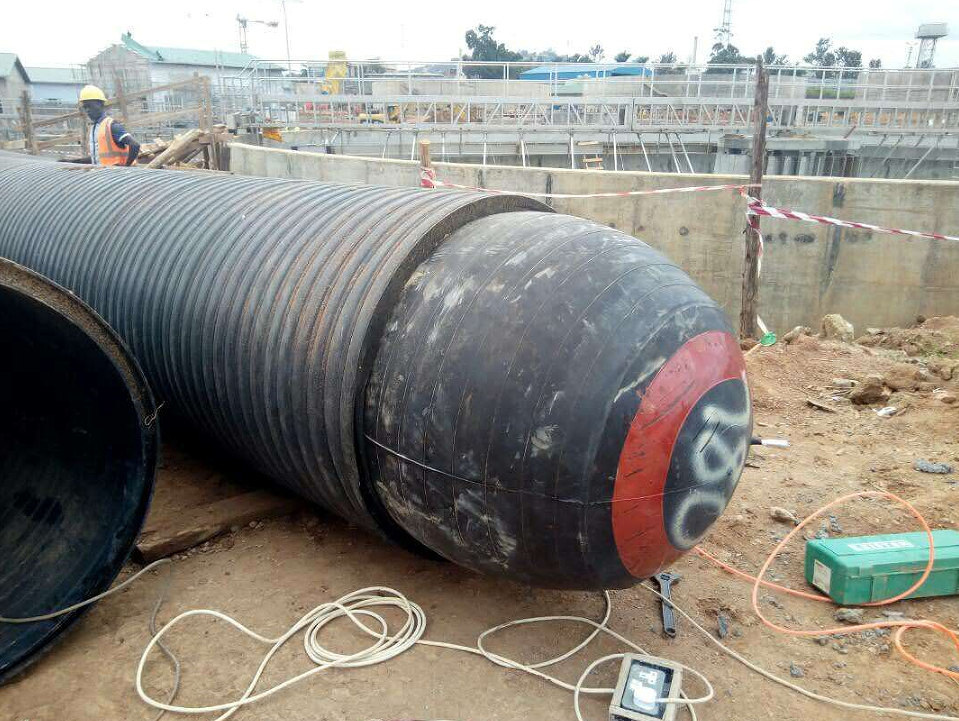Home < News < The Influence of Inflation Pressure and Pipe Deformation on the Sealing Performance of Rubber Pipe Plugs
Introduction
Rubber pipe plugs (also called inflatable pipe stoppers) are critical tools for temporary pipeline sealing in plumbing, construction, and industrial maintenance. Their effectiveness relies on two key factors: inflation pressure and pipe deformation. This article explores how these variables impact the sealing performance of rubber pipe plugs and offers practical insights for optimal use.
1. The Role of Inflation Pressure in Sealing
1.1 Optimal Pressure Range
Rubber pipe plugs create a seal by expanding against the pipe’s inner wall. Too low pressure leads to insufficient contact, causing leaks, while excessive pressure risks:
l Bursting the plug
l Damaging the pipe
l Reducing the plug’s lifespan
Studies show that most high-quality rubber pipe plugs perform best at 10–15 psi (0.7–1.0 bar) for standard applications.
1.2 Pressure Uniformity
Uneven inflation can cause asymmetric sealing, leading to failure. Ensure the plug is centered and inflated gradually for uniform pressure distribution.
2. Pipe Deformation and Its Impact on Sealing
2.1 Oval and Irregularities
Pipes often deform due to:
l External loads (e.g., soil pressure)
l Material fatigue
l Manufacturing imperfections
An out-of-round pipe prevents the rubber pipe plug from achieving full circumferential contact, compromising the seal.
2.2 Solutions for Deformed Pipes
l Use adjustable or high-expansion plugs for irregular shapes.
l Reinforce the pipe with sleeves if deformation is severe.
l Select a plug with a softer rubber compound for better conformity.
3. Combined Effects: Pressure vs. Pipe Condition
The interaction between inflation pressure and pipe deformation determines sealing success:
l Well-rounded pipes: Lower pressure suffices.
l Deformed pipes: Higher pressure may be needed (but must stay within safety limits).
l Pro Tip: Conduct a visual inspection or laser scanning of the pipe interior before plug installation.
4. Best Practices for Reliable Sealing
To maximize rubber pipe plug performance:
l Check manufacturer guidelines for pressure limits.
l Inspect the pipe for cracks, rust, or deformities.
l Use pressure gauges to monitor inflation.
l Avoid over-tightening mechanical locking systems.

Conclusion
The sealing efficiency of rubber pipe plugs depends heavily on proper inflation pressure and pipe integrity. By understanding these factors, professionals can prevent leaks, reduce downtime, and extend the lifespan of pipeline systems.